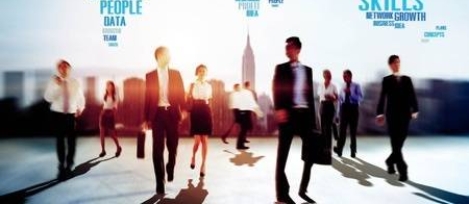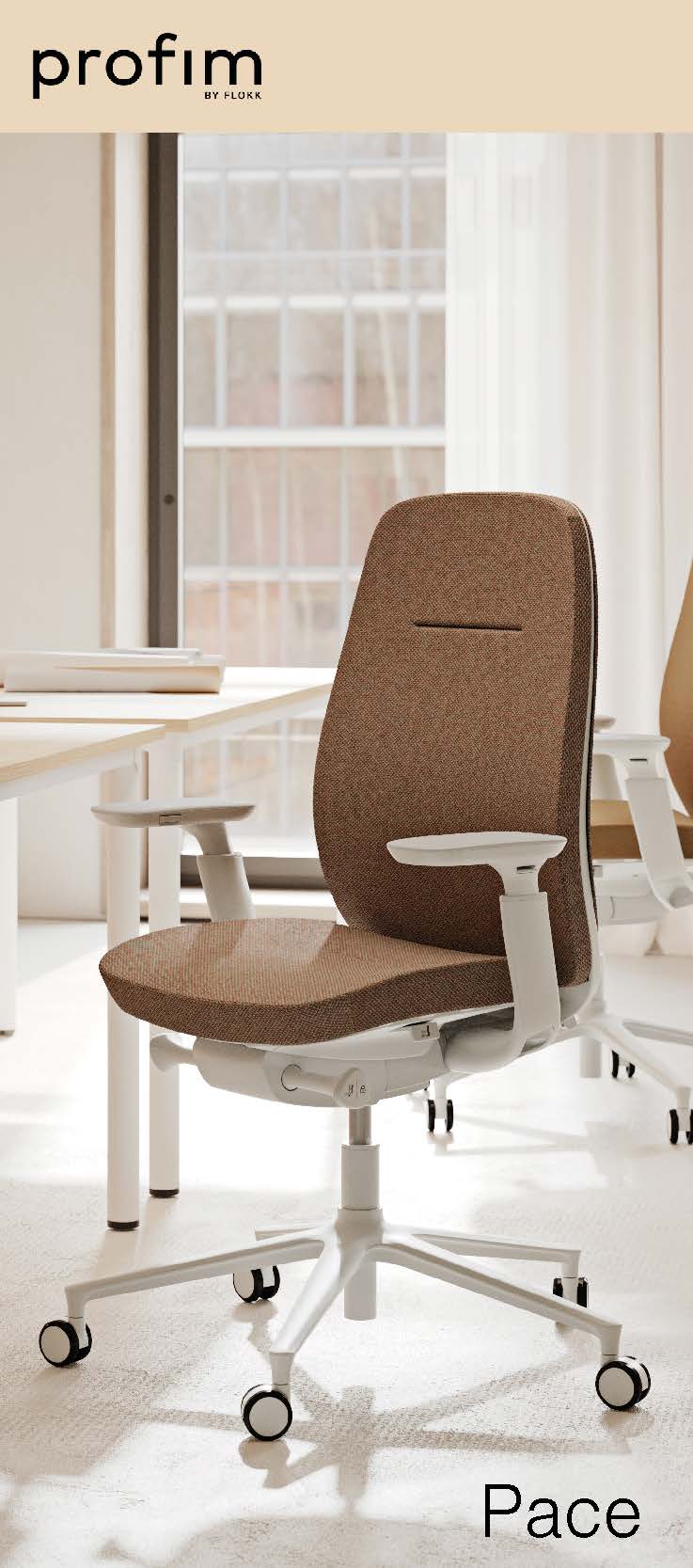September 23, 2016
Mass media job promotion spells global staff engagement challenge 0
As the global labour market warms up and active job seeking increases, employees’ plans to stay with their current employers are declining. This is due to a shift in attitudes by employees who’ve long believed that the job opportunities they were seeking did not exist in the labour market; but are being convinced otherwise as companies increasingly turn to mass media to promote appealing employment brands and job opportunities. While this is good news for companies looking to attract new talent, employers looking to retain their best people must also take notice. This is according to data from CEB’s Global Talent Monitor, which claims that employees are also putting in less effort at work in all regions except North America and suggests that to keep top talent in place, companies will need to better promote internal job opportunities and benefits, rather than letting employees think they must go elsewhere to find the jobs they want. The research did find though that UK employees are feeling generally less confident due to Brexit uncertainty.




































